Light switches are an integral part of any indoor or outdoor lighting system, allowing us to easily control the flow of electricity and illuminate our spaces. From the most basic single-pole switch to the sophisticated smart light switches, the world of light switches has evolved significantly over the years. Understanding the different types of light switches and their applications can help homeowners and professionals make informed decisions when it comes to lighting control.
Different Types of Light Switches
Single-Pole Switch
A single-pole switch is the most common type of light switch, used to control a single light fixture or a group of lights from a single location. These switches have two terminals and are typically used for simple on/off control of a lighting circuit.

3-Way Switch
A 3-way switch is used to control a single light fixture or a group of lights from two different locations. This type of electrical switch allows you to turn the lights on or off from either of the two switch locations, making it ideal for hallways, stairways, and other areas where multiple access points are required.

4-Way Switch
A 4-way switch is used in conjunction with two 3-way switches to control a single light fixture or a group of lights from three or more locations. This type of switch is often used in larger spaces, such as open-plan living rooms or expansive hallways, where multiple control points are necessary.

Understanding Toggle Switches and Rocker Switches
Toggle Switches
Toggle switches are the traditional light switch design, featuring a small lever that is flipped up or down to control the power flow. These electrical switches are known for their reliable and straightforward operation, making them a popular choice for both residential and commercial applications.

Rocker Switches
Rocker switches, on the other hand, feature a larger, paddle-like design that is pressed up or down to control the lights. These switches are often considered more aesthetically pleasing and are a popular choice for modern, minimalist, or contemporary interior designs.

Double Switches
A double light switch, also known as a double-gang switch, allows you to control two separate lighting circuits from a single location. This can be particularly useful in larger rooms or open-plan spaces where you may want to independently control different lighting zones or groups of fixtures.

Upgrading to Smart Light Switches
Smart light switches are the latest evolution in lighting control, offering a range of advanced features and benefits. These light switches can be connected to your home's Wi-Fi network, allowing you to control your lights remotely using a smartphone app or voice commands. Smart switches also often include features like dimming, scheduling, and integration with smart home ecosystems, making them a popular choice for homeowners looking to enhance their lighting experience and improve energy efficiency.

How to Choose the Right Light Switch for Your Needs
When selecting the right light switch for your needs, there are several factors to consider:
- Location and Accessibility: Determine the specific areas where the electrical switch will be installed and consider factors such as the height, visibility, and ease of access for the occupants.
- Lighting Configuration: Understand the layout and wiring of your lighting system to ensure that the chosen switch is compatible with your existing or planned setup.
- Design and Aesthetics: Consider the overall design of your space and choose a switch that complements the style and finish of your interior.
- Functionality and Features: Evaluate the specific features you require, such as dimming capabilities, smart home integration, or energy-efficient options.



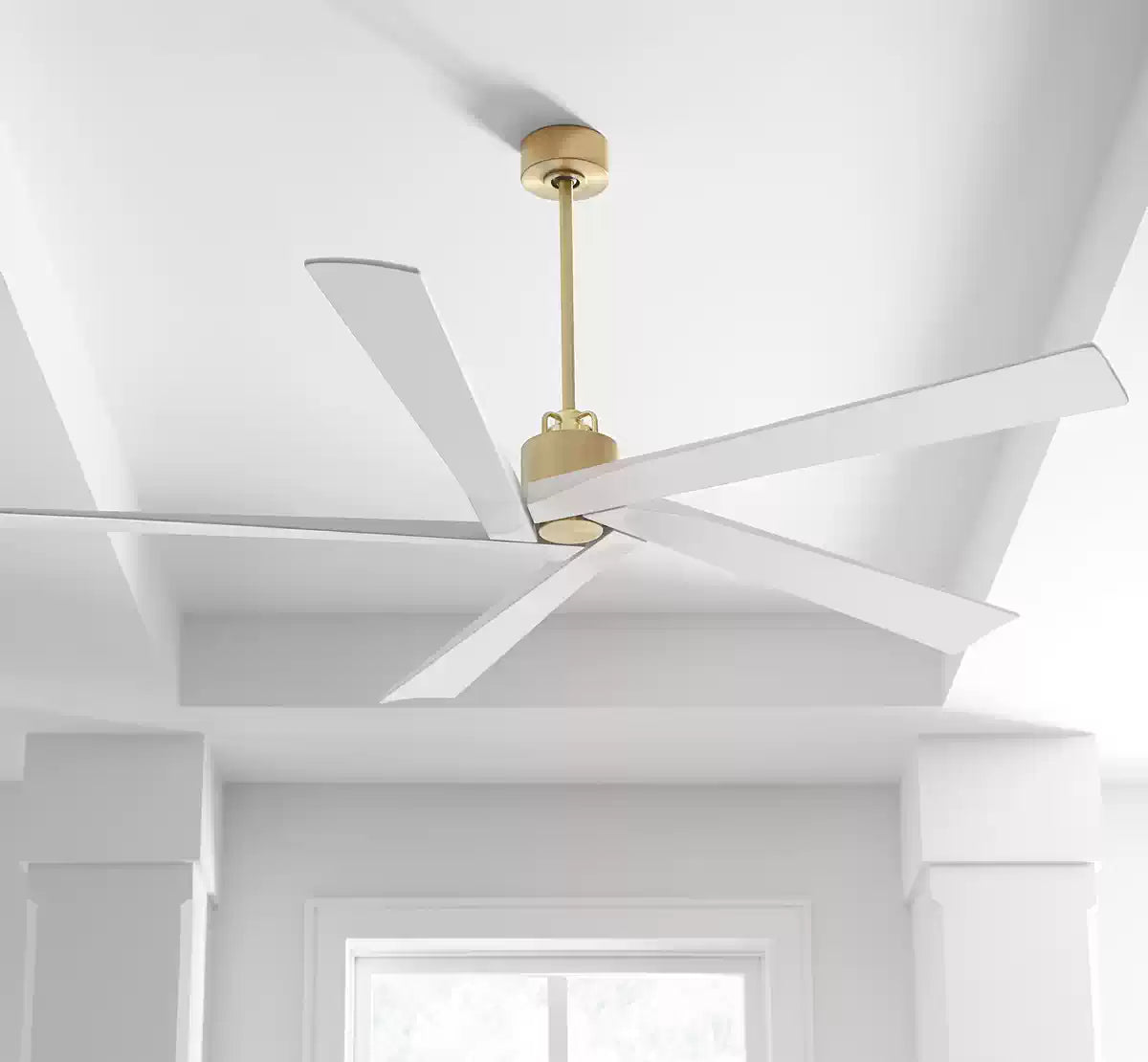

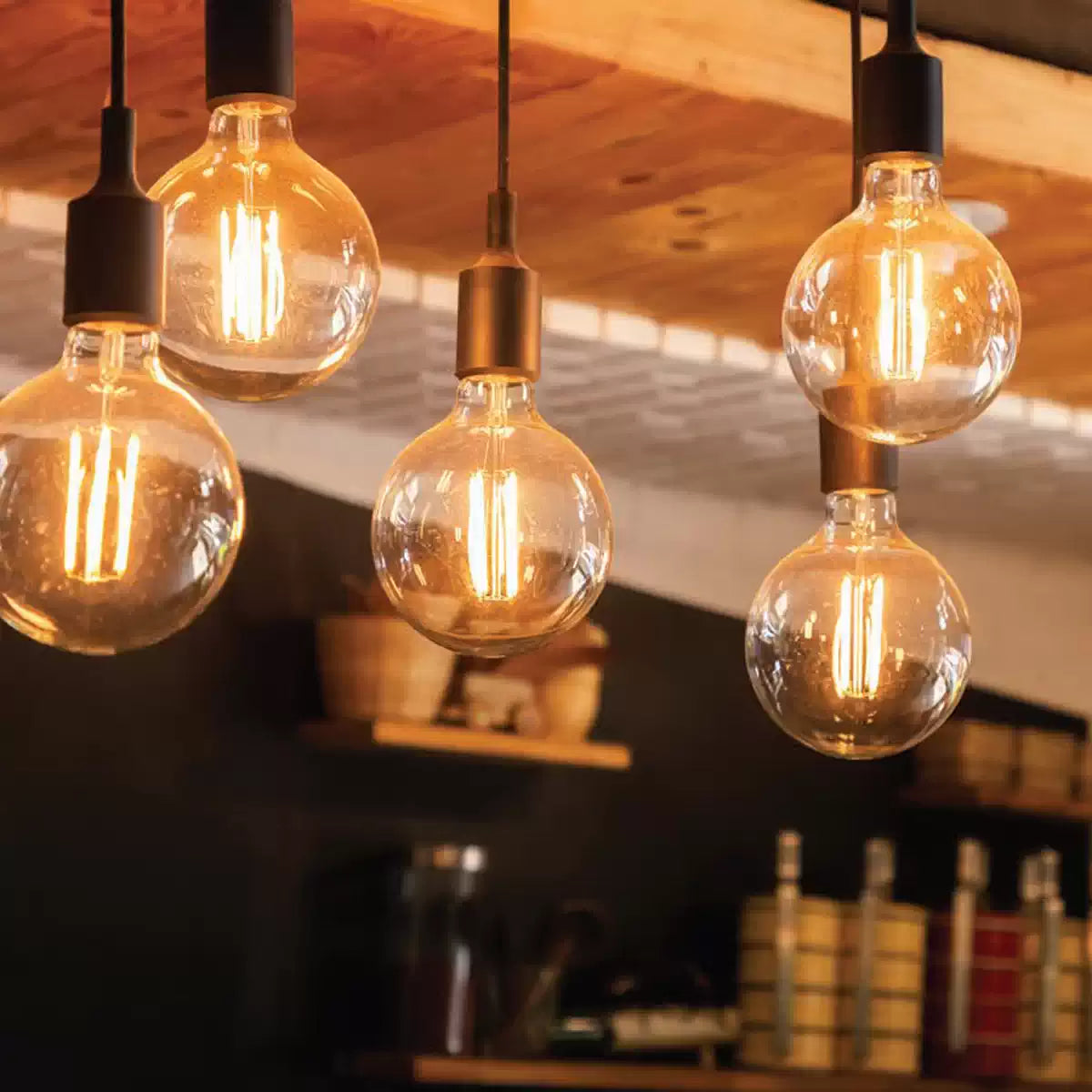
























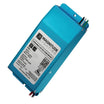













































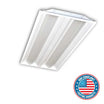














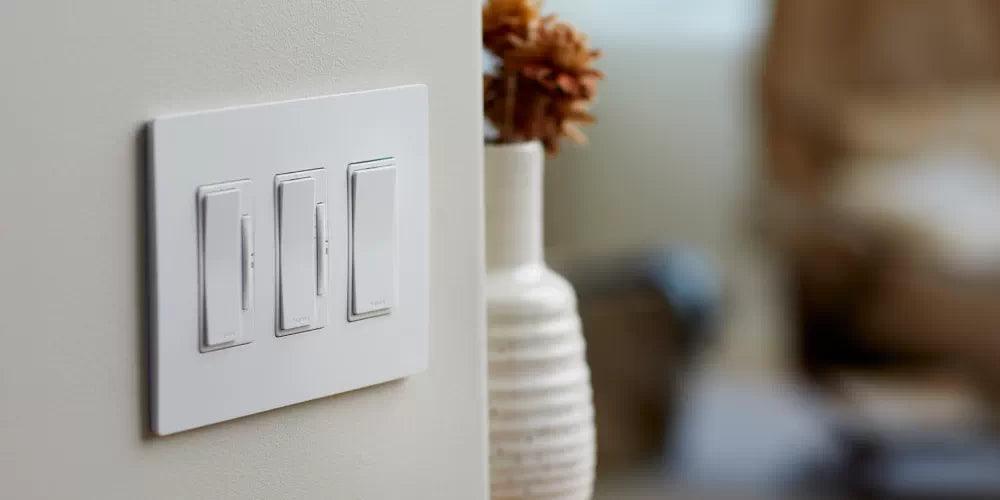

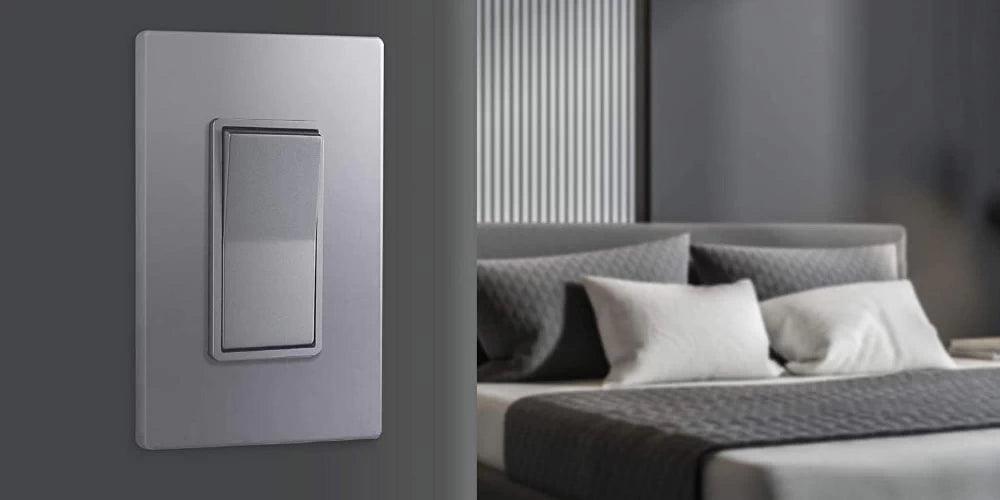
5 comments
viva fenester
Absolutely mesmerizing! The high-density LED curtain takes lighting décor to the next level—perfect for creating stunning visual displays
neelaadri trueframe
Fantastic guide on light switches! Your clear explanations and practical tips make choosing the right switch easy and efficient. A must-read for anyone looking to upgrade their lighting solutions!
neelaadri trueframe
This comprehensive guide to light switches is a game-changer! It’s detailed, insightful, and incredibly helpful. A must-read for anyone looking to upgrade their lighting setup. Well done!
neelaadri trueframe
Illuminating insights! This comprehensive guide expertly navigates the intricacies of light switches, offering invaluable advice for both novices and experts. An essential resource for anyone seeking to enhance their lighting knowledge and home functionality.
tvasteconstructions
We commend the thorough and informative nature of this guide on light switches. It provides valuable insights for both novice and experienced individuals in home lighting solutions
Leave a comment
All comments are moderated before being published.
This site is protected by hCaptcha and the hCaptcha Privacy Policy and Terms of Service apply.